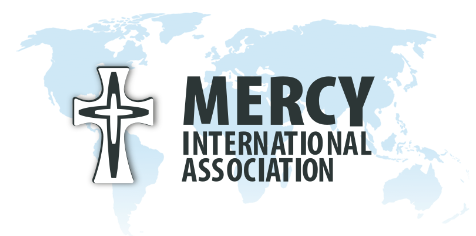Why Canonisation?
The Church has great need of saints. The real innovators in the Church are the saints, holy people whose lives are dramatic with a humble and homely heroism.
Holiness is found in a common day to day life. A saint is someone who offers so little resistance to the presence and the power of God, that God is able to pour himself freely into the person’s heart and fill it with Love. That Love flows out through the holy person’s hands out to all those who have need in the world – the poor, the lonely, the sick, the homeless, the helpless, all who have need of God’s Love whatever shape or form that need takes.
One saint is worth a thousand theological concepts. We will always need theologians to interpret our experiences of the Divine mysteries. We need saints to help us embrace that mystery. Minds are moulded and hearts are moved not by abstractions but by models.
It is God who makes saints. The Church simply ratifies God ’s handiwork and calls it to the attention of the faithful for their encouragement and veneration. When the Church declares that a person is a saint she is saying in effect that this person is with God, that his or her life is worth imitating and that she or he has the power to intercede with God on our behalf. It is the ordinary members of the faithful who bring to the attention of the institutional Church the fact that such and such a person has lived his/her life of Christian virtue in a way that goes beyond what would be expected of an ordinarily good person.
Stages
There are three stages on the road to canonised sainthood in the Church:
)
Stage One
At stage one the life of the person, his/her actions, writings, interactions are all scrutinised and assembled in a work called the “Positio Super Virtutibus” This “position paper” on the lived virtue of the Servant of God, tells of the life of the person and of how s/he lived Christian virtues to an heroic degree. Heroic virtue in the eyes of the Church has nothing to do with extraordinary signs like ecstasy or levitation etc. What is looked for is how the person responded to God’s will in his/her life according to whatever state of life they lived e.g. married, single, religious.
Catherine McAuley herself said;
“Since God’s power is not limited to time or space, we have the same means as the greatest saints had. God can effect in us what he accomplished in them. In fact to arrive at their sanctity requires no more than to simply perform our daily actions perseveringly and regularly for this is what constitutes a saint”.
Once a cause gets under way the person is called a ‘Servant of God’.
When the necessary scrutiny of the person’s life has taken place and it is accepted that the person did live Christian virtue to an heroic degree the Pope declares the Servant of God, Venerable. (Catherine McAuley was declared Venerable by Pope John Paul II, on April 9th 1990).
Stage Two
The next stage in the process is the declaration of the person as Blessed.
For ***beatification ***the Church requires one miracle. When a person is declared blessed s/he is proposed to the local church for veneration and imitation.
In the process of verifying that a miracle has occurred, through the intercession of a Servant of God, (for example Catherine McAuley), the Church follows a very specific and detailed process. It begins with the assurance that the case being studied meets a number of criteria.
The alleged cure must have two aspects:
The medical aspect:
- scientifically inexplicable
- instantaneous or at least takes place over a period of time that is outside what would be ordinarily expected for the illness in question (is not a spontaneous remission)
- complete
- lasting.
The theological aspect:
- the alleged cure takes place through the intercession of the Servant of God.
Stage Three
The third stage is canonisation and another such miracle is required. For canonisation, the same exigent process takes place as happens for the process of beatification. The canonised saint is presented to the universal church for veneration and imitation.


)
)
)